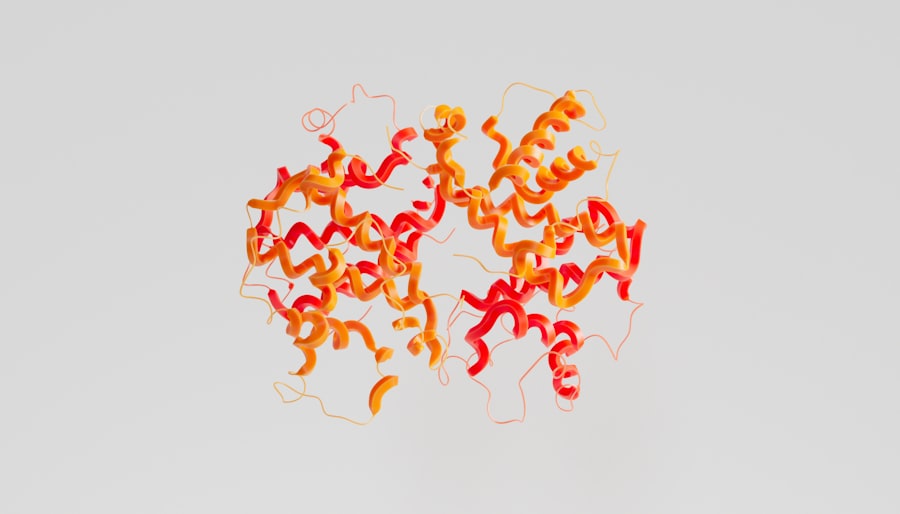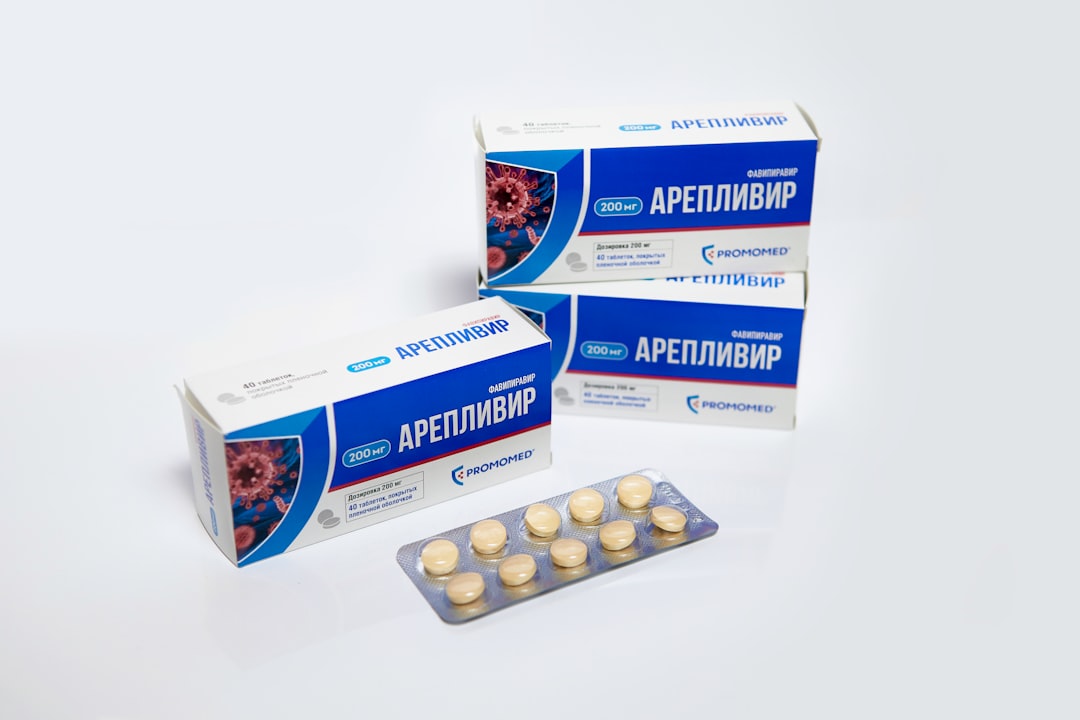Ractopamine is a feed additive that belongs to a class of compounds known as beta-agonists. It is primarily used in livestock production to promote leanness and improve feed efficiency. By stimulating the beta-adrenergic receptors in animals, ractopamine enhances muscle growth while simultaneously reducing fat deposition.
This results in a more desirable meat product, particularly in terms of leanness, which is often favored by consumers and producers alike. The compound is commonly administered to pigs, cattle, and turkeys, with the aim of increasing the overall yield of meat produced. The use of ractopamine has sparked considerable interest and controversy within the agricultural sector.
While it has been approved for use in several countries, its application remains contentious due to concerns about animal welfare, human health, and international trade implications. As the demand for lean meat continues to rise, understanding the role of ractopamine in modern livestock production becomes increasingly important for both producers and consumers.
Key Takeaways
- Ractopamine is a feed additive used to promote lean muscle growth in pigs.
- The use of ractopamine in American pork production is controversial, with some advocating for its benefits and others expressing health and animal welfare concerns.
- Health concerns associated with ractopamine include potential impacts on human health and animal welfare.
- Several countries have banned or restricted the use of ractopamine in pork production, leading to international trade disputes.
- The debate surrounding ractopamine in the United States centers on balancing economic interests with consumer health and animal welfare concerns.
The Use of Ractopamine in American Pork Production
In the United States, ractopamine has become a staple in pork production, particularly since its approval by the Food and Drug Administration (FDA) in 1999. The additive is typically administered to pigs during the final weeks of their growth cycle, allowing producers to maximize weight gain and improve feed conversion ratios. This practice has enabled American pork producers to meet the growing demand for lean meat while also enhancing their profitability.
The economic benefits associated with ractopamine use are significant, as they allow farmers to produce more meat with fewer resources. However, the widespread adoption of ractopamine in American pork production has not been without its challenges. Producers must navigate a complex landscape of consumer preferences and regulatory scrutiny.
While many consumers appreciate the lower fat content of ractopamine-treated pork, others express concerns about the safety and ethical implications of using such additives in livestock. As a result, producers are often caught between the desire to maximize efficiency and the need to address consumer apprehensions regarding food safety and animal welfare.
Health Concerns Associated with Ractopamine

The use of ractopamine in livestock has raised numerous health concerns among consumers and health professionals alike. Critics argue that the compound may have adverse effects on both animals and humans. For instance, some studies have suggested that ractopamine can lead to increased stress levels in pigs, resulting in negative impacts on their overall well-being.
Additionally, there are fears that residues of ractopamine may remain in pork products, potentially posing health risks to consumers who consume these products. Moreover, there are ongoing debates about the long-term effects of consuming meat from animals treated with ractopamine. Some research indicates that exposure to beta-agonists may be linked to cardiovascular issues and other health problems in humans.
While regulatory agencies maintain that ractopamine is safe when used according to established guidelines, the uncertainty surrounding its effects continues to fuel public concern. As consumers become more health-conscious, understanding these potential risks is crucial for informed decision-making regarding pork consumption.
International Regulations and Bans on Ractopamine
| Country | Regulation/Ban Status |
|---|---|
| China | Ban on the use of ractopamine in pork products |
| European Union | Ban on the use of ractopamine in food production |
| Russia | Ban on the import and production of meat containing ractopamine |
| Taiwan | Regulation on the maximum residue limits of ractopamine in food products |
The global landscape surrounding ractopamine is marked by significant regulatory differences. While the United States permits its use in livestock production, many countries have imposed strict regulations or outright bans on the additive. For example, the European Union has prohibited ractopamine since 2010 due to concerns about its safety and potential health risks.
Similarly, countries such as China and Russia have also banned its use in food animals, leading to trade tensions between nations that allow ractopamine and those that do not. These international regulations have profound implications for American pork producers who seek to export their products. The presence of ractopamine in U.S.
As a result, American producers must navigate a complex web of regulations when exporting their products, often leading to increased costs and logistical challenges. The disparity in regulations highlights the need for ongoing dialogue between nations regarding food safety standards and trade practices.
The Debate Surrounding Ractopamine in the United States
The debate over ractopamine in the United States is multifaceted, encompassing economic, ethical, and health-related dimensions. Proponents of ractopamine argue that it plays a vital role in enhancing productivity and meeting consumer demand for lean meat. They contend that the additive allows farmers to produce more pork with fewer resources, ultimately benefiting both producers and consumers through lower prices and increased availability.
Conversely, opponents raise concerns about animal welfare and food safety. They argue that the use of ractopamine can lead to stress and suffering in pigs, undermining ethical farming practices. Additionally, critics question the long-term health implications for consumers who consume meat from animals treated with ractopamine.
This ongoing debate reflects broader societal discussions about food production methods and the responsibilities of producers toward both animals and consumers.
The Impact of Ractopamine on Animal Welfare

The impact of ractopamine on animal welfare is a critical aspect of the ongoing discourse surrounding its use in livestock production. Critics argue that administering beta-agonists like ractopamine can lead to increased stress levels in pigs, resulting in adverse effects on their overall health and well-being. Some studies have indicated that pigs treated with ractopamine may exhibit signs of discomfort or distress, raising ethical questions about the treatment of animals in modern agriculture.
On the other hand, proponents assert that when used responsibly and according to established guidelines, ractopamine does not significantly compromise animal welfare.
Nevertheless, this issue remains contentious, as animal welfare advocates continue to push for more humane treatment practices within the livestock industry.
Ractopamine and its Effects on Human Health
The potential effects of ractopamine on human health are a significant concern for consumers and health professionals alike. While regulatory agencies such as the FDA maintain that ractopamine is safe for consumption when used according to guidelines, skepticism persists among segments of the population. Some studies have suggested possible links between beta-agonist exposure and adverse health outcomes, including cardiovascular issues and metabolic disorders.
Moreover, there is growing awareness among consumers regarding food safety and the potential risks associated with additives like ractopamine. As individuals become more health-conscious and informed about their food choices, they may seek out products that are free from such additives. This shift in consumer preferences could have far-reaching implications for the pork industry as producers adapt to meet changing demands.
The Economic Implications of Ractopamine Use in American Pork
The economic implications of ractopamine use in American pork production are significant and multifaceted. On one hand, the additive allows producers to enhance feed efficiency and increase meat yield, ultimately leading to higher profits. By promoting leaner meat production, ractopamine helps farmers meet consumer demand while also reducing production costs associated with feed inputs.
However, these economic benefits must be weighed against potential market access challenges posed by international regulations. Countries that ban or restrict ractopamine may limit export opportunities for American pork producers, potentially impacting their bottom line. As global trade dynamics continue to evolve, understanding these economic implications will be crucial for producers seeking to navigate an increasingly complex marketplace.
Alternatives to Ractopamine in Pork Production
As concerns about ractopamine persist, many producers are exploring alternative methods for enhancing pork production without relying on beta-agonists. Various strategies have emerged that focus on improving animal husbandry practices, optimizing nutrition, and utilizing natural feed additives. For instance, some farmers are turning to dietary supplements such as probiotics or enzymes that can enhance digestion and nutrient absorption without compromising animal welfare.
Additionally, advancements in breeding techniques may offer promising alternatives to chemical additives like ractopamine. By selecting for traits associated with lean muscle growth and feed efficiency through selective breeding programs, producers can achieve similar outcomes without resorting to controversial additives. These alternatives not only address consumer concerns but also align with a growing movement toward more sustainable and ethical farming practices.
Consumer Awareness and Labeling of Ractopamine in Pork Products
Consumer awareness regarding ractopamine has increased significantly in recent years, prompting calls for clearer labeling practices within the pork industry. Many consumers express a desire for transparency regarding how their food is produced, including whether or not it contains additives like ractopamine. In response to this demand, some retailers have begun offering pork products labeled as “ractopamine-free,” catering to health-conscious consumers who prefer products without such additives.
However, labeling practices vary widely across different regions and retailers, leading to confusion among consumers seeking information about their food choices. As awareness continues to grow, there is a pressing need for standardized labeling regulations that provide clear information about the presence or absence of ractopamine in pork products. Such measures would empower consumers to make informed decisions while also encouraging producers to adopt more transparent practices.
The Future of Ractopamine in American Pork Production
The future of ractopamine in American pork production remains uncertain as various factors come into play. On one hand, its continued use may be supported by producers seeking efficiency gains and cost savings amid rising demand for lean meat. However, growing consumer awareness and concerns about health implications could lead to increased pressure for alternatives or stricter regulations surrounding its use.
As discussions surrounding food safety, animal welfare, and sustainability continue to evolve, stakeholders within the pork industry will need to adapt accordingly. The potential for innovation through alternative production methods may pave the way for a future where ractopamine is either phased out or used more judiciously alongside other strategies aimed at enhancing animal welfare and meeting consumer preferences. Ultimately, navigating this complex landscape will require collaboration among producers, regulators, consumers, and advocacy groups committed to ensuring a safe and sustainable food supply.
Ractopamine, a feed additive used to promote leanness in pork, has been a topic of significant debate in the American pork industry. While it is approved for use in the United States, many countries have banned its use due to health concerns. An interesting article discussing the implications of ractopamine in American pork can be found on Hey Did You Know This. The article delves into the controversies surrounding its use and the impact on international trade. For more detailed insights, you can read the full article here.
WATCH THIS! 👀Why These 30 American Products Are Immediately Illegal In Europe
FAQs
What is ractopamine?
Ractopamine is a feed additive that is used to promote leanness in animals raised for their meat, such as pigs and cattle. It is commonly used in the United States to increase the growth rate and feed efficiency of pigs.
Is ractopamine used in American pork production?
Yes, ractopamine is approved for use in pork production in the United States. It is commonly used as a feed additive to promote lean muscle growth in pigs.
Is ractopamine safe for human consumption?
The safety of ractopamine has been a topic of debate. The U.S. Food and Drug Administration (FDA) has approved the use of ractopamine in pork production, and the agency has established acceptable levels of ractopamine residues in pork products. However, some countries have banned the import of pork from animals treated with ractopamine due to concerns about its potential impact on human health.
Are there any regulations regarding ractopamine use in pork production?
In the United States, the FDA has established regulations for the use of ractopamine in pork production. These regulations include maximum residue limits for ractopamine in pork products to ensure food safety.
What are the potential concerns associated with ractopamine use in pork production?
Some concerns have been raised about the potential impact of ractopamine on animal welfare and human health. Critics argue that ractopamine use may lead to adverse effects in pigs, such as increased stress and lameness. Additionally, there are concerns about the potential health risks associated with consuming pork products from animals treated with ractopamine.
